Measuring progress
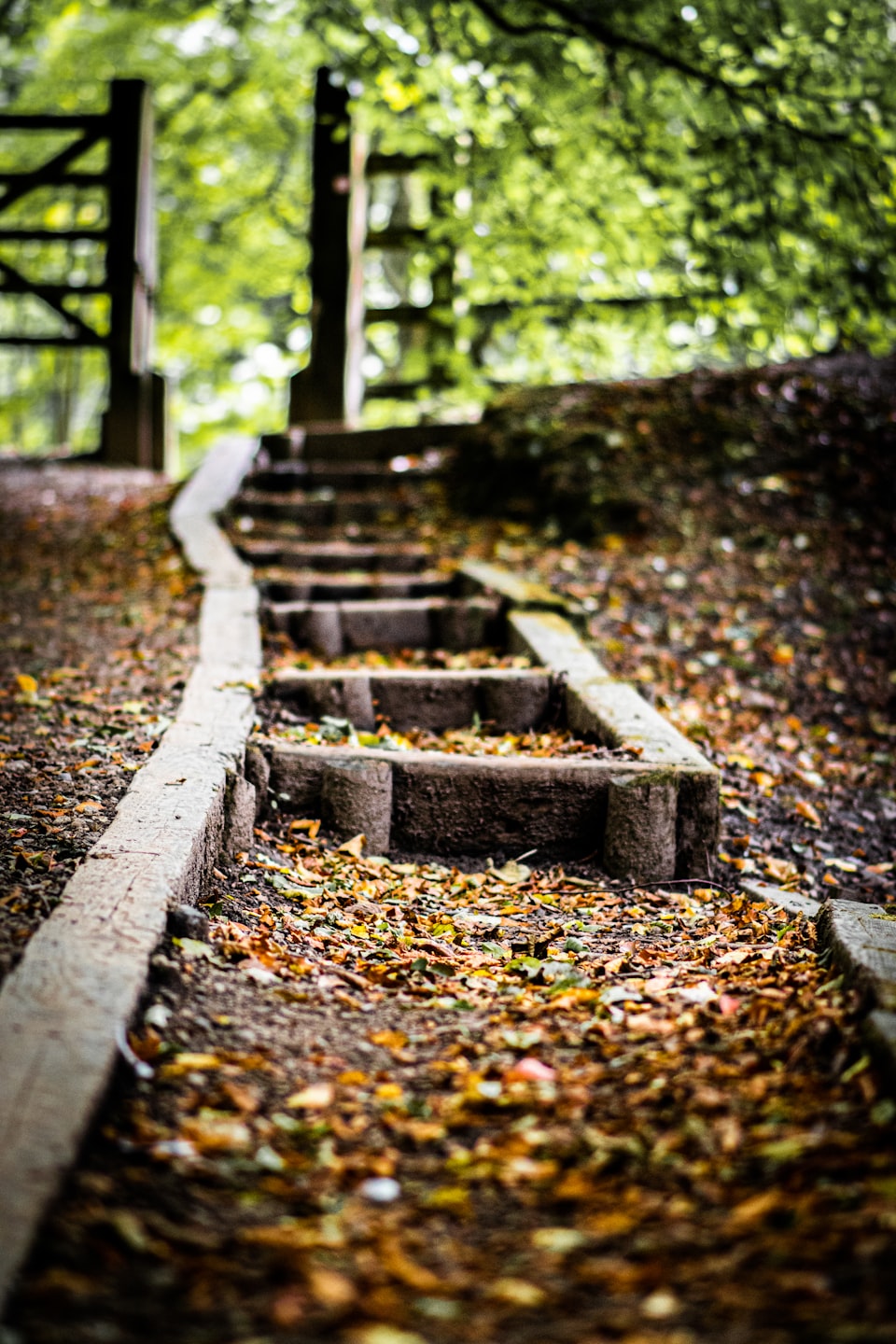
In this article I'll explore:
- why goals are important and how to set achievable ones in an artistic context
- how to break a goal down into actionable tasks and see progress
- how to boost motivation when progress is slow
You can also access my FREE worksheet to help you identify your goals and measure progress.
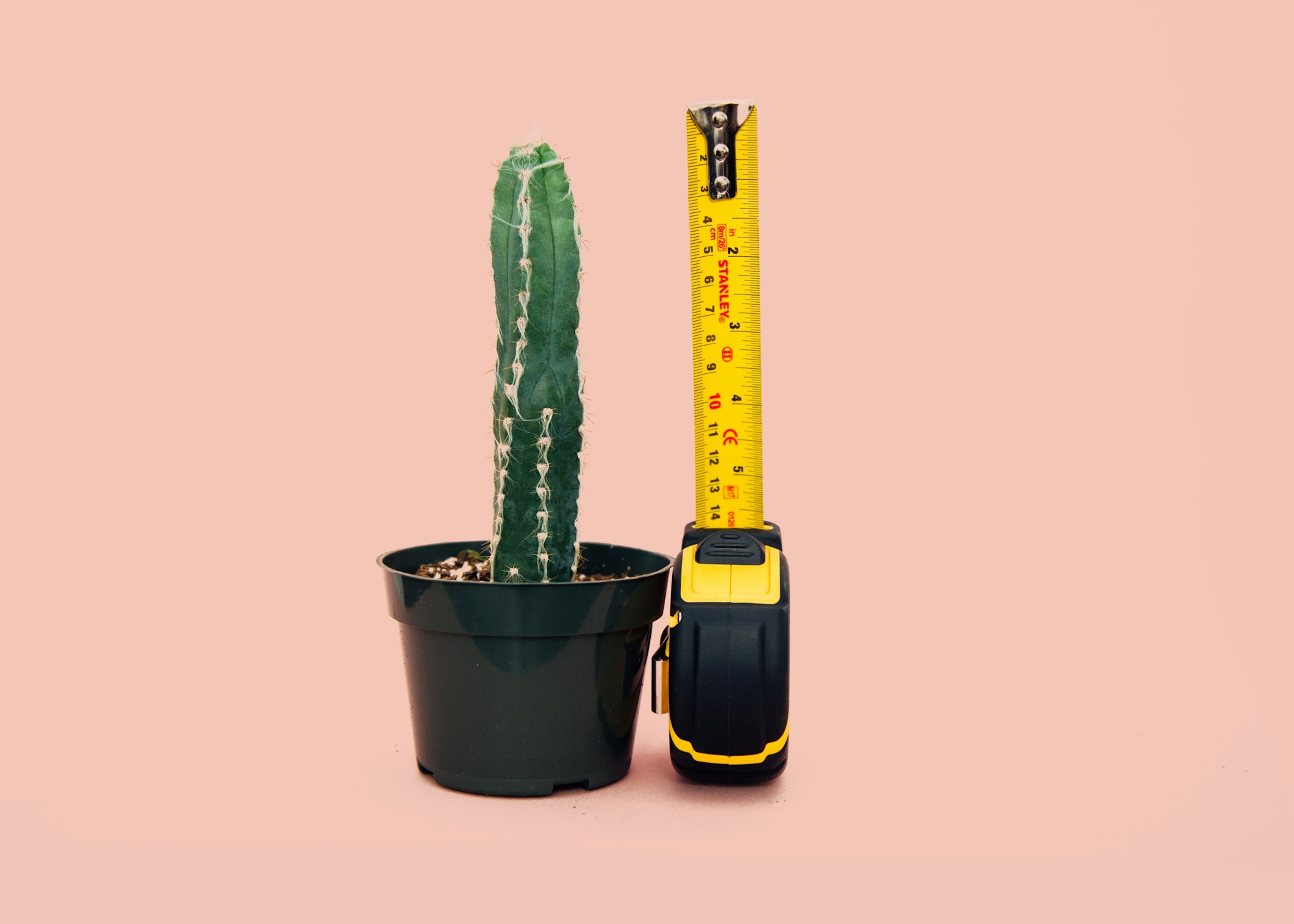
It might seem simple to ask "how am I progressing?" and look at a page for an answer. However there is a lot to process in order to form a response and it might look something like this:
- Have a specific focus on what we hope to see progress on.
- Consider a time period over which to make comparisons.
- Measure our progress so far.
- Analyse our current level against the desired outcome.
This processing can be done intuitively in seconds. However to be accurate and fair we should carefully consider these points in detail. Let's break down that intuitive process into a framework we can use:
- Set a goal. This is both a final desired outcome ("success") as well as the end point or deadline.
- Determine your starting point. This is the period over which you hope to see improvement.
- Break down the goal into checkpoints or milestones for progress measurements.
- Evaluate whether any changes need to be made before proceeding.

Setting a goal
Firstly, why set a goal? Well, they change our behaviour, improve our performance and the effort we put towards something. They are a powerful technique to provide clarity and motivate us. Goals are the roadmap in a project.

Deciding what you want to improve on or gain skills in (i.e. setting a goal) will help you focus only on what truly matters. Knowing what matters is half the battle, as you can remove a lot of unnecessary, or even distracting, metrics. For example, if you want to be "more creative" then having tried different exercises, media, layouts or subjects would be considered in your progress measurements, while factors such as 'how good' the drawing or writing is, or how many pages were completed, might be ignored. With different goals these could be swapped around completely.
So how do we choose a 'good' goal? An easy trap to fall into is comparing ourselves to others, but unless we are trying to become a copy of them, it's not fair to judge our skills against someone else's. For the purposes here I will only consider measuring your own growth in a project.
You may want to use the SMART acronym for goal-setting. It stands for specific, measurable, achievable, relevant or realistic and time-bound.
To set a goal that is achievable it has to be within your control. If it is beyond your control then it will be difficult to succeed, since it might require relying on others or to do something you're not capable of.
This is why comparing yourself to others is unfair, since you have no control over other people. So rather than aiming to "get 10k followers on Instagram" choose a goal like "make a drawing every day and post it to Instagram". In all likelihood you will pick up followers along the way. Framing goals this way relieves pressure from external sources. Another example is to create something you enjoy or feel proud of. Someone else will probably like it too, but if you are creating for others first you might find that to be unsustainable.

Motivation
Our motivations can be complex but have a strong influence on whether we complete a goal or not because they are at the core of why we are doing the task. With a strong, purposeful motivation you are more likely to return to the task and see it through to the end. A strong goal's motivation aligns with your values.
Intrinsic motivators are inherent (i.e. inbuilt) reasons you will work towards your goal that are related to the goal itself, whereas extrinsic motivators have nothing to do with the goal. Intrinsic motivators are much more powerful at helping you stay on track and make your goal achievable, since they align your values with the goal. They give you more reason to complete it.
Take the goal of finishing a sketchbook for example. Your motivation could be intrinsic; in order to improve your drawing skills, or extrinsic; to gain a reward such as a treat at the end. Can you see why the intrinsic motivator might encourage you to pick up your sketchbook time and time again when the treat may no longer interest you?
One more consideration when setting a goal is deciding its end point. It allows us to place our current progress on a timeline scale (even if only approximate). With this we now have a goal that gives a vision of what the final state (i.e. success) looks like and when we hope to complete by. Next let's look at the points along the way towards our goal and how to measure progress.

Seeing progress
Checkpoints
If we wish to see how much progress we've made now, then we need a point of comparison. This could be at the start of a project, the year, a sketchbook or for learning a new technique. With each one the duration since that initial point and current level of skill needs to be considered as a weight; it's not fair to compare our efforts of 50 hours in the same way as with something started an hour ago.
It might be tempting to compare to that final (desired) state, but you should compare with a point in the past to measure progress. That final state is in the nebulous, unknown future and is another unfair method of comparison for yourself since you don't necessarily know what it takes to get there. However, what you can do is look at your current progress and estimate where you are on the scale towards completion.
For example, I could look back to my first nature journaling page in 2020 and compare it to now (~2 years), or alternatively see the more subtle changes over my Plein Airpril challenge from the start to the end of the month. I would hope to see more growth and progress over the longer period of time when I put more effort in.
It's a good idea to break the ultimate goal into smaller steps or checkpoints at logical stages when you would expect to see some change. For example, take the goal of "I want to draw birds more realistically". One step would be learning bird anatomy or taking a class on how to draw birds. Measuring progress after this event would be a logical checkpoint.
Depending on how detailed your goal is, you can keep adding more checkpoints. Each one is a step closer to the goal and a point at which you can measure your progress. Keeping them as small as possible and something you can achieve in that session ensures that it's a measurable step. To do this think about what the first thing you would need to do next would be.
These checkpoints should be at significant times throughout the period, especially important if the goal is a distant one. This helps keep us on track if we fall behind and makes it easier to estimate where we should be at any stage. Knowing this we can make adjustments if required (for instance catch up or change the goal if it's no longer realistic).

Measuring progress
Now we get to the heart of the matter - how to actually measure progress. Keep in mind that it can be difficult to do this quantitatively and that certain aspects of your goal may experience growth while others fall to the wayside (perhaps to make way for the priority). Having specific goals help both with measurability and clarity.
Begin by reflecting on the efforts made so far. Are you satisfied and feel you've accomplished what you set out to do? Compare to how you were at the start by looking at the differences. Check the worksheet for more prompts.
You can also get feedback on your growth from other sources, such as trusted friends, family, experts and from resources such as books and the Internet. This feedback needs to come from someone you can trust to be truthful, is knowledgeable in that area and who'll provide it in an encouraging and caring manner, otherwise it might be detrimental to your confidence or be useless to you.
If you feel you have achieved the desired progress then continue onto the next checkpoint towards your goal. If not then you should re-evaluate the step or even the entire goal. You have more information now that might change aspects such as when you expect to complete the goal, or what is required to get there. Make any of these necessary changes such as shifting direction or breaking down tasks into smaller steps until you feel confident moving ahead.

Slow progress
Inevitably there will be periods of frustration at the apparent lack of improvement. This is common when setting goals with distant end points or that require significant changes because we can see where we want to be but can't reach it at our current level. In the modern age it is ubiquitous to see amazing work on social media and watch movies with time-lapses of novices becoming masters over a matter of seconds. However it hides the reality of how much work and time goes on behind the scenes and offers us an unrealistic view of how quickly we should progress. Keeping in mind that there are many hours, even years, of practice required to achieve that level can help us adjust our own expectations.
However, what should you do when inevitably there is slow progress? Firstly identify why this might be the case. Was your goal unrealistic to begin with and need to be re-evaluated? Could it be that your checkpoints are too small to see progress, or too far apart for you to gain benefits from what you learned last time? Do you need more practice before the results start to take effect? Usually when learning anything there is a long, slow period of gradual growth that eventually compounds into bursts of significant, visible change. Sometimes it's just a couple more sessions before those results begin to show.
During these periods we need a good system like this one to fall back on and support to help us keep going. Support can come from our network of friends and family as well as having a good routine and habits (like getting enough sleep).
It's natural to experience these plateaus where not much change is visible. They actually indicate that you are going through a period of difficulty in learning. This is when it is most important to stick with the task and trust your plan to get through. Once you have broken through whatever concept or skill you are struggling to learn you will notice the greatest leaps in progress.
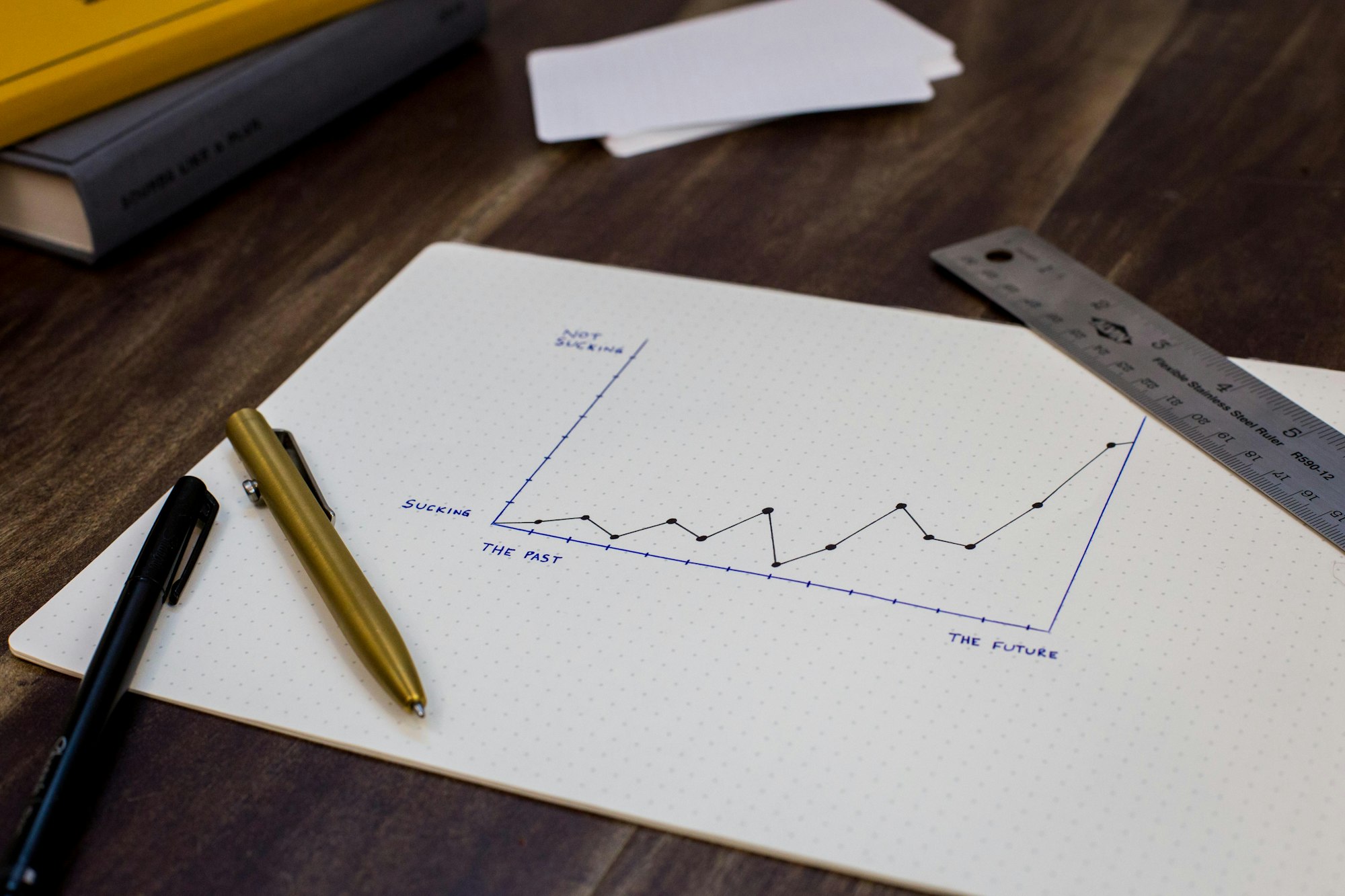
With a well-set goal and clear checkpoints it is possible to experience and see progress. It also provides a robust system to refer back to if the going is slow. Feel free to use the worksheet below if you want more structure in setting your goals and guidance on measuring progress, I hope it is helpful.
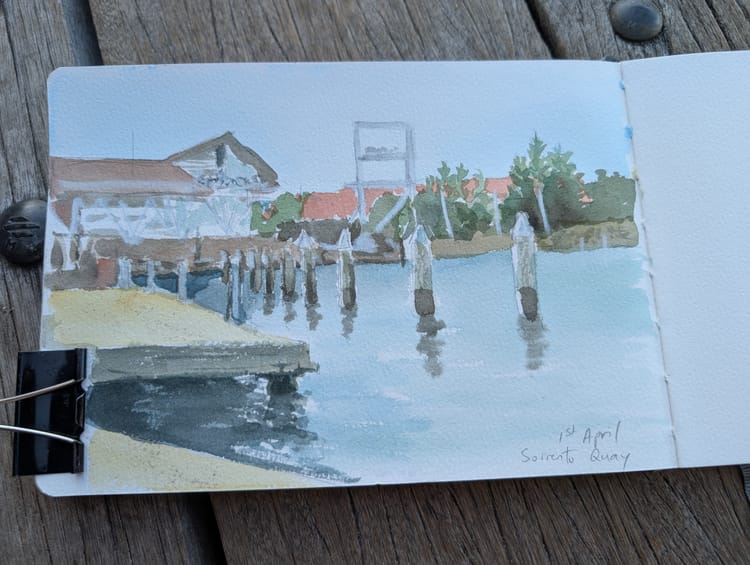


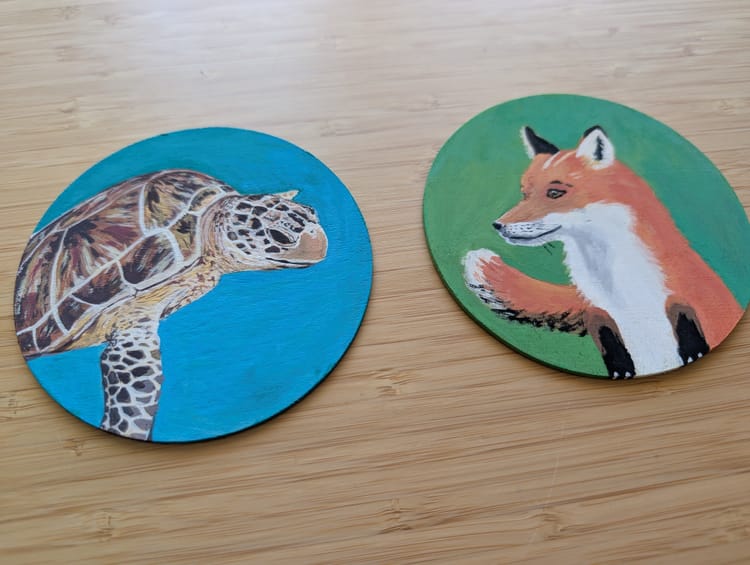
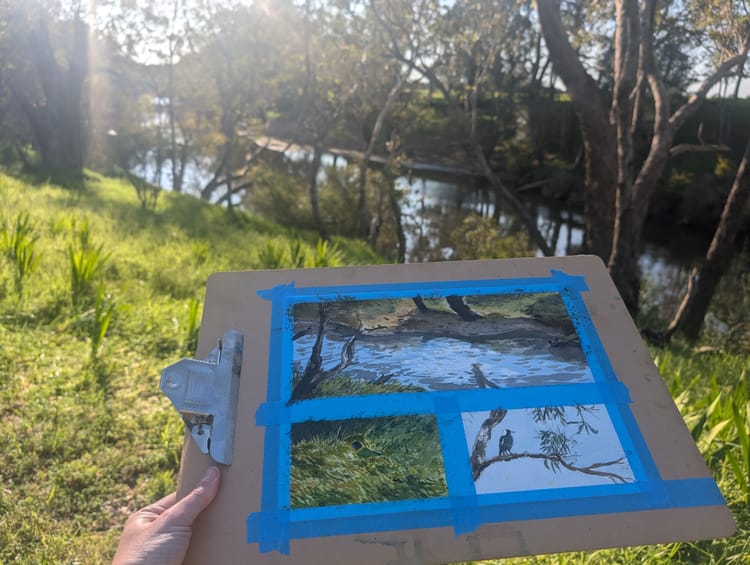
Member discussion